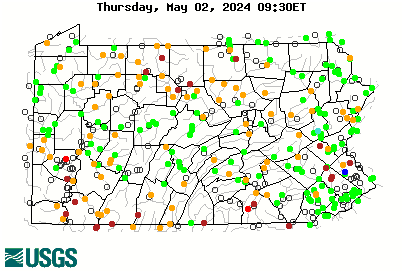SurfCowboyXX
Member
- Joined
- Sep 13, 2011
- Messages
- 502
I've never in my life seen so many people fish downstream. In clear, low water. In the rare cases they manage to not spook every fish, they seem perplexed as to why they can't seem to hook the fish that eat their flies. The first thing I learned was to fish upstream. I don't get it. Unless you're fishing wets or streamers (and they weren't), it doesn't make much sense to me.




